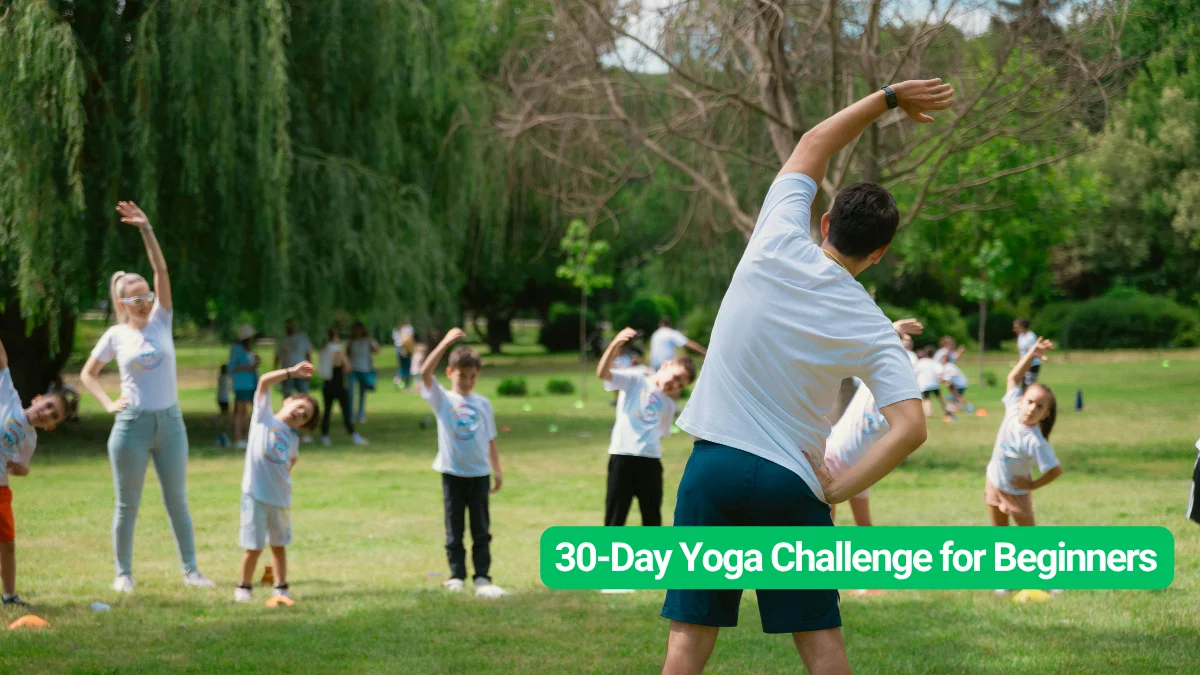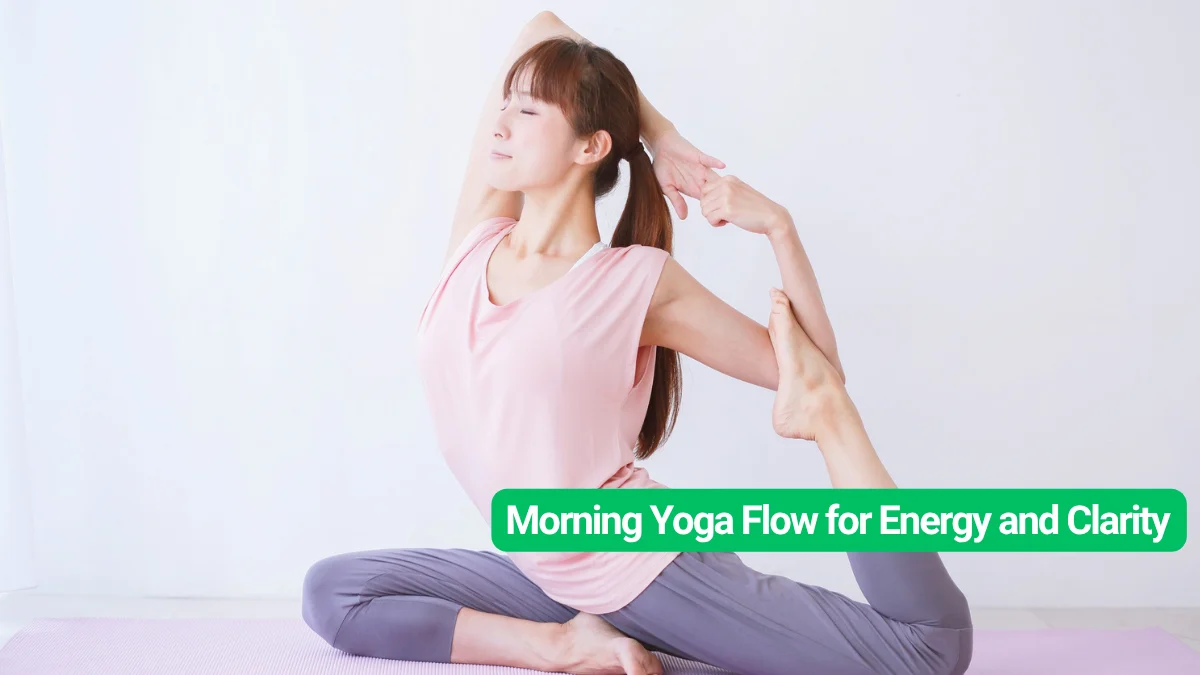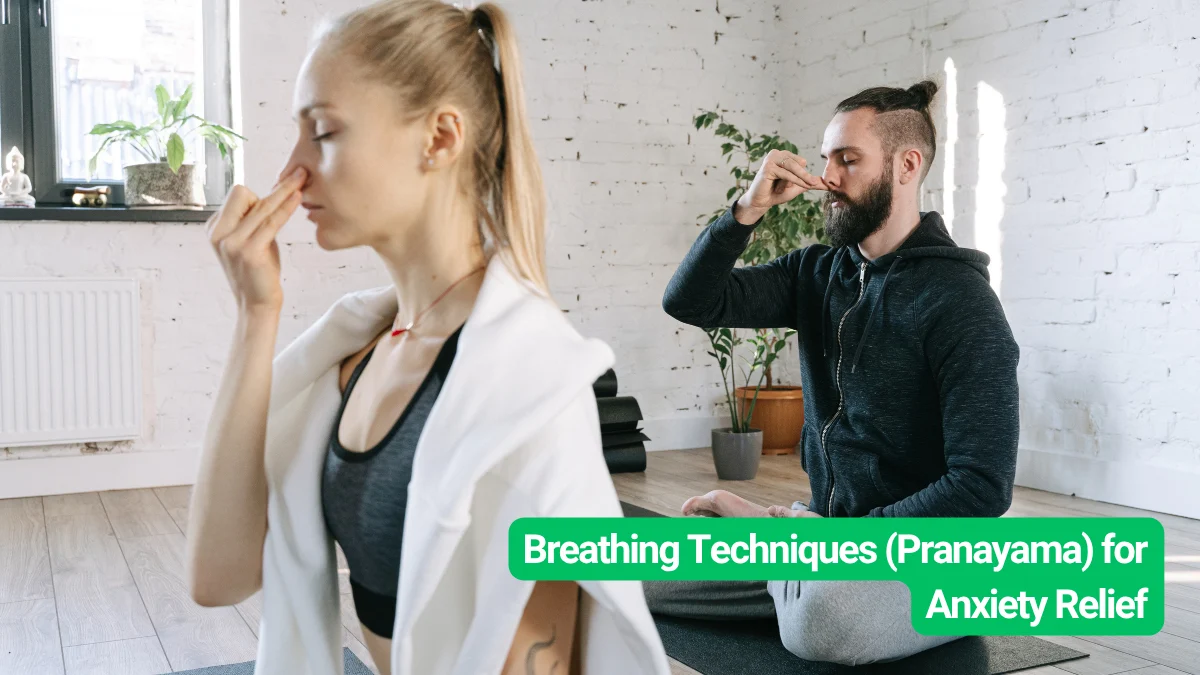A 30-day yoga challenge is a simple way to build a new routine that improves strength, flexibility, balance, and breath control. It does not matter if you are new to yoga or returning after a long break. A short daily practice helps your body feel lighter, reduces stiffness, and brings a calm start or end to the day. The goal is to help beginners stay consistent and understand the basics in a clear and steady way.
Key Takeaways On Yoga Challenge
- A 30-day challenge helps beginners build strength, mobility, and daily discipline.
- Short sessions are enough to improve posture and reduce body tension.
- Simple movements help you learn breath control, which supports calmness and focus.
- Slow and regular practice is more effective than long occasional sessions.
- The routine improves balance, reduces stress, and supports better daily energy.
Building Strength Through Simple Movements
Strength training in yoga does not involve heavy weights. It focuses on holding your body weight and building control in small steps. For the first week, beginners learn basic positions that activate the core, legs, arms, and back. These moves help protect the spine and improve posture.
Simple poses such as low lunges, gentle planks, and standing positions help the body gain strength without strain. Many people notice reduced pain in the shoulders and lower back once the core becomes more active. A strong core also improves stability in daily activities.
Across the month, strength sessions become slightly more engaging but still beginner-friendly. The routine teaches you to use your breath while holding the pose, which keeps the body steady. Even a short 10 to 15-minute session can help build strength if you follow it every day.
Improving Flexibility and Mobility
Flexibility is one of the biggest reasons many beginners try yoga. Stiff necks, tight hips, sore legs, and a tense back are common issues that can improve with simple stretches. In this challenge, flexibility work is added across the entire month.
The body responds well to slow stretching, especially in the morning or before bed. Simple neck rolls, side-body stretches, and light hip openings help release pressure from areas where people carry tightness. Over time, these short sessions help you move with more comfort.
Many beginners feel improvement in their hamstrings, hips, and chest as they continue. This creates better daily movement and reduces the chance of injury. Flexibility work supports better posture and helps the body stay relaxed during busy days. The focus is to keep each stretch slow and steady, without forcing any pose.
Breathwork and Calmness
Yoga is not only about movement. Breath control is a major part of the 30-day challenge. Deep breathing supports calmness and helps the mind stay focused. Many people feel mental stress reduce once they practice slow breathing for a few minutes every day.
Breath sessions in this challenge include simple exercises such as long exhalations and comfortable seated breathing. These small steps help beginners gain better awareness of their breath. Breathwork supports better digestion, improved sleep, and a more balanced mood.
When combined with gentle movement, breathwork helps the body feel centered. It also teaches beginners to stay aware of how their body responds to tension. This awareness is a major part of yoga and helps build a steady mind throughout the challenge.
Working on Balance and Stability
Balance is another important part of yoga for beginners. Many people struggle with standing on one leg or holding a position without shaking. Balance training helps improve focus and makes the body more steady.
In this challenge, simple standing poses help you build control. The goal is not to perfect the pose but to stay stable for a short time. Balance work activates small muscles in the feet, legs, and core. These muscles support better walking posture and reduce the risk of tripping or losing balance.
Across the month, balance routines slowly progress. You learn to shift your weight, hold your position, and stay steady with controlled breathing. This training supports daily activities and improves body awareness.
30-Day Yoga Challenge Overview
Below is a month-long plan grouped into key areas that support beginners. Each day uses short sessions that fit into any schedule.
- Days 1-3: Basic grounding and gentle warm-ups
- Days 4-6: Chest opening, posture support, and simple core work
- Days 7-9: Balance training and light flexibility sessions
- Days 10-12: Detox twists, hip opening, and power poses
- Days 13-15: Body connection, foundation practice, and guided twisting
- Days 16-18: Slow flow, beginner core strength, and stress relief
- Days 19-21: Creating space, side-body work, and mindfulness
- Days 22-24: Strength building, hand and foot care, and centering
- Days 25-27: Learning standing poses, lengthening routines, and breathing work
- Days 28-30: Yin-style stretching, letting go, and confidence building
Days 1-3: Basic grounding and gentle warm-ups
These first three days help your body settle into the practice. You start with slow movements that prepare your joints and muscles.
Common exercises include:
- Seated breathing to calm the mind
- Neck rolls to release stiffness
- Cat-cow for loosening the spine
- Gentle forward fold to stretch the back of the legs
These movements help reduce morning tightness and improve body awareness.
Days 4-6: Chest opening, posture support, and simple core work
This block focuses on improving posture and opening the front body. It also introduces light core exercises that protect the back.
Typical exercises include:
- Chest-opening stretches with hands behind the back
- Shoulder blade squeezes for better posture
- Easy plank holds for core strength
- Bridge pose to activate the glutes and lower back
These movements help reduce rounded shoulders and improve everyday posture.
Days 7-9: Balance training and light flexibility sessions
These days bring balance work into the routine. You learn slow, controlled movement that improves stability.
Practice may include:
- Tree pose using a wall for support
- Standing leg lifts for balance control
- Hamstring stretches to improve flexibility
- Side-body stretches to release tightness
The goal is to build focus and make the body more steady.
Days 10-12: Detox twists, hip opening, and power poses
This section introduces light twisting and hip-focused movements. Twisting helps the midsection feel lighter.
Exercises may include:
- Seated twist to massage the waist area
- Supine twist for a relaxed spine
- Low lunge hip opener to release tight hips
- Modified sun salutations to build heat
These moves support digestion, flexibility, and energy.
Days 13-15: Body connection, foundation practice, and guided twisting
These days focus on connecting breath with movement. You learn how to set a safe foundation in each pose.
Exercises include:
- Mountain pose for alignment
- Slow side bends for awareness
- Guided twist sequences done with steady breathing
- Basic standing poses to learn grounding
This stage improves stability and teaches the basics of safe posture.
Days 16-18: Slow flow, beginner core strength, and stress relief
Here you start practicing simple flow sessions. Movements link together at a slow pace.
Exercises often include:
- Slow-flow sun salutation
- Side planks with knees down
- Gentle backbends like cobra
- Resting child’s pose for relaxation
This block helps reduce stress and builds controlled strength.
Days 19-21: Creating space, side-body work, and mindfulness
The focus shifts to opening tight areas and improving awareness.
Practice may include:
- Wide-legged forward fold for space in the back
- Extended side angle to lengthen the ribs
- Mindful breathing in seated positions
- Light stretching for the upper body
These moves help improve mobility and bring calmness.
Days 22-24: Strength building, hand and foot care, and centering
You work on simple strength routines while paying attention to hands and feet, which support most poses.
Exercises include:
- Chair pose for leg strength
- Gentle wrist stretches for joint comfort
- Toe stretches to improve balance
- Centering practice with slow breath and standing alignment
These sessions improve grip, posture, and inner balance.
Days 25-27: Learning standing poses, lengthening routines, and breathing work
This block teaches classic standing positions that appear in most yoga practices.
Exercises include:
- Warrior 1 and Warrior 2 for stability
- Forward folds for lengthening
- Deep belly breathing to improve lung capacity
- Simple step-back lunges to strengthen the legs
These moves develop body control and better breathing patterns.
Days 28-30: Yin-style stretching, letting go, and confidence building
The challenge ends with slower stretching and steady relaxation sessions.
Practice includes:
- Yin-style long holds for deep muscle release
- Butterfly pose to relax the hips
- Supine leg stretches for calming the legs
- Confidence-focused breathing for a strong finish
These last sessions support recovery and help you feel the progress made over the month.
How This Challenge Supports Long-Term Progress
A 30-day yoga challenge gives structure to beginners who want a clear path. Each category plays a role in overall health. Strength protects the muscles and joints. Flexibility supports smooth movement. Breathwork brings mental clarity. Balance improves daily stability.
Many people feel lighter and more energetic after the first two weeks. Even simple sessions make a big difference when done every day. This challenge creates discipline and helps beginners understand their own body patterns. Each small step supports a healthier routine.
The challenge does not demand perfection. It is designed to help beginners grow at a steady pace. By the end of 30 days, most people feel more confident in their movements and more aware of their breath and posture.
Final Thoughts
Yoga becomes more enjoyable when the practice is simple, steady, and easy to follow. This challenge helps beginners focus on strength, flexibility, balance, and breathwork in a way that supports long-term progress. A short daily routine can create lasting change if you stay consistent. This challenge is a clear starting point for anyone who wants a healthier and calmer daily life.







